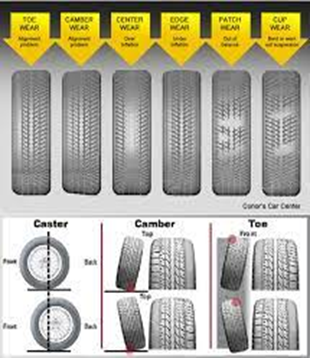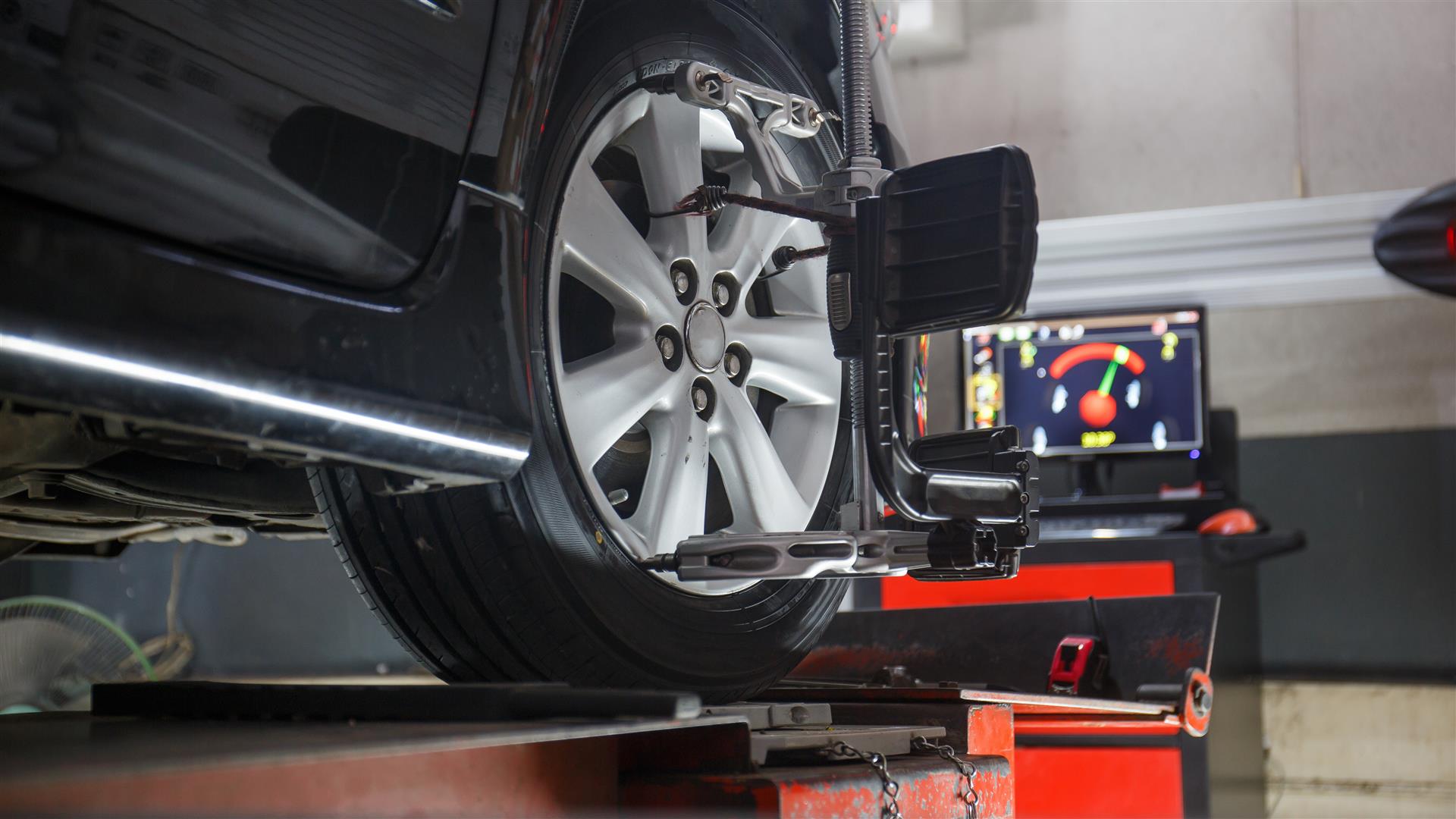Posted on 2/22/2023

Vehicle Wheel Alignments Almost all modern vehicles require a wheel alignment periodically. In fact, it makes sense to do it every other oil change or every 6,000 miles. We have lots of potholes in Tucson. Hitting just one of these can cause suspension damage and therefore increase wear on your tires. Maintaining proper alignment angles not only ensures your vehicle drives straight down the road, it also ensures your tires are wearing evenly and are creating a good contact patch with the road surface. A vehicle even slightly out of alignment can wear a set of tires up to 50% faster than a vehicle that is properly aligned. This can also decrease gas mileage. At One Stop Automotive we recommend a thorough inspection of all your steering and suspension components at every oil change. This is an often overlooked maintenance item that can lead to costly repairs down the road. Call us today to schedule you free inspection or al ... read more
Posted on 12/16/2022

Doing a vehicle coolant system exchange? It is never a good time to break down on the side of the road in the middle of winter with your family in the vehicle. One of the big causes of breakdowns are caused by overheating issues. Vehicle cooling system perform two things. Cooling and lubrication. Cooling systems remove heat from the engine using the properties of heat transfer. Modern cars use liquid cooling systems. These use a fluid call antifreeze circulated within the engine, that is then pumped out of the engine into a radiator, where the heat is released. Over time the coolant in your vehicle breaks down. The components of the cooling system included a water pump, the thermostat, the radiator, cooling fans, the heater core, the pressure cap, the overflow tank and the hoses. To prolong the life of the coolant system and minimize vehicle breakdowns it is recommended to change the coolant every 30,000 miles and replace the hoses ever ... read more
Posted on 12/3/2020
Although we live in the Sonoran Desert, and it doesn’t get nearly as cold as some other places, we still need to ensure our vehicles are ready for the colder temperatures. There are some basic maintenance things you can do to help prevent having issues on those cold mornings. With the rapidly fluctuating temperatures that come with an Arizona winter, tire pressures can be affected greatly. For every 10 degrees of temperature change your vehicle’s tire pressures can change up to 1 psi. Over or under inflated tires are the number one cause of premature tire wear and can cause changes in your vehicle's fuel economy. Make sure your tire pressures are checked regularly. Ensuring your engine’s cooling system has the proper 50/50 mix of coolant and water are crucial in preventing premature failure of the rubber hoses and plastic connectors in your cooling system. Water freezes at 32 degrees, whereas coolant is rated below 0 degrees. A cooling system fil ... read more
Posted on 8/20/2020

Modern vehicles are equipped with many warning indicators, including lights and chimes, to let you know when there is an issue requiring your local repair shops attention. This if fantastic until you start to think about things that are not electronically monitored, such as your vehicles alignment. Maintaining proper alignment angles not only ensures your vehicle drives straight down the road, it also ensures your tires are wearing evenly and are creating a good contact patch with the road surface. A vehicle even slightly out of alignment can wear a set of tires up to 50% faster than a vehicle that is properly aligned. Most shops offer a free alignment check and will even inspect all of your steering and suspension components as part of the check. At One Stop Automotive we recommend a thorough inspection of all your steering and suspension components at every oil change and an alignment check at least once a year. This is an often overlooked maintenance item that can lead to costly rep ... read more
Posted on 7/27/2020

Catalytic converters became standard equipment on new vehicles starting in 1975 and was mandatory by 1981 when it was fitted to vehicles for sale in the United States. Enabling them to meet newly introduced emission regulations. Catalytic Converters are an exhaust emission control device. It reduces toxic gases and pollutants in the exhaust system, to less toxic gases, using a catalyst material. This is called a redox reaction (an oxidation and a reduction reaction). See diagram below. Some Catalytic Converters can be expensive to replace. Especially if they are part of the exhaust manifold. Its extremely important that preventive maintenance is preformed on your vehicle so as not to damage the catalyst. Ensure your engine is running at is best and if it starts to misfire stop driving it and have repairs made as soon as possible. Routine fuel injection cleanings paired with a regular maintenance interval on spark plugs and other ignition system components can go a long way to helping ... read more